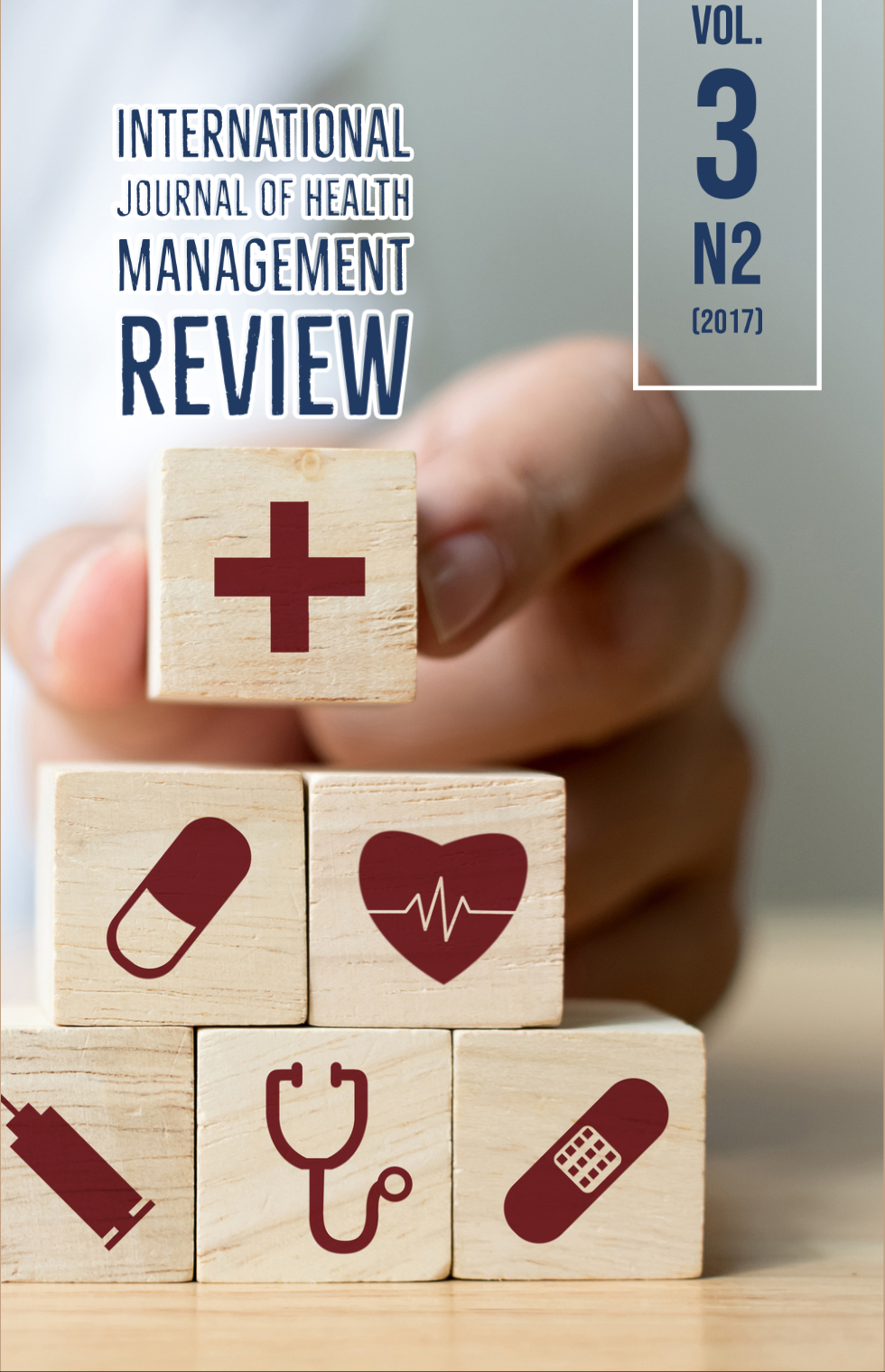A importância da elaboração do plano de parto e seus benefícios
DOI:
https://doi.org/10.37497/ijhmreview.v3i2.126Keywords:
Birth Plan. Natural childbirth. Nursing. Family Health. Women's Health.Abstract
The natural childbirth consists of a delivery without unnecessary medical interventions, with the protagonism of the pregnant woman and the baby, without analgesics or substances to accelerate the contractions. Birth in our country is not a natural experience, according to the survey Born in Brazil, because 52% of births are by cesarean section. The birth plan is nothing more than a document, made by the pregnant woman, in the form of a letter or filling a pre-existing model, containing what she wants to happen or not during her delivery, leaving her wishes registered. The main objective of this work was to develop a bibliographical review on the theme "The importance of the realization of the Childbirth Plan", thus condensing information and ideas that have been published about it. This work consisted, then, in a Bibliographic Survey, with a qualitative approach. The bibliographic survey was done from the analysis in source both primary and secondary. It was concluded that the Birthing Plan, besides being a way of giving autonomy and empowerment to the pregnant woman, assists the health team that will attend it. Many are professionals who still disrespect what is recommended, and perform unnecessary procedures, even the birth plan being suggested by the WHO itself. The importance and need for studies and research on the delivery plan is highlighted, as unfortunately there is a shortage of national publications about it. There is a shortage also relating the theme as a tool used during nursing care, evidencing the need for more research on this subject.
Downloads
Published
How to Cite
Issue
Section
License
Authors who publish in this journal agree to the following terms: The author(s) authorize the publication of the text in the journal; The author(s) guarantee that the contribution is original and unpublished and is not in the process of being evaluated by any other journal(s); The journal is not responsible for the opinions, ideas, and concepts contained in the texts, as these are the sole responsibility of their respective author(s); The editors reserve the right to make adjustments to the text in order to ensure that it adheres to the standards of the journal. Authors retain the copyrights and grant the journal the right of first publication, with the article simultaneously licensed under the Creative Commons Attribution License which allows the sharing of the article with the acknowledgment of authorship and initial publication in this journal. Authors are authorized to take additional contracts separately, for the non-exclusive distribution of the version of the article published in this journal (e.g. publication in an institutional repository or as a book chapter), with the acknowledgment of authorship and initial publication in this journal.
Authors are allowed and encouraged to publish and distribute their work online (e.g. in institutional repositories or on their personal webpage) at any point before or during the editorial process, as this can generate productive changes as well as increase the impact and citation of published work (See The Effect of Free Access at http://opcit.eprints.org/oacitation-biblio.html)















